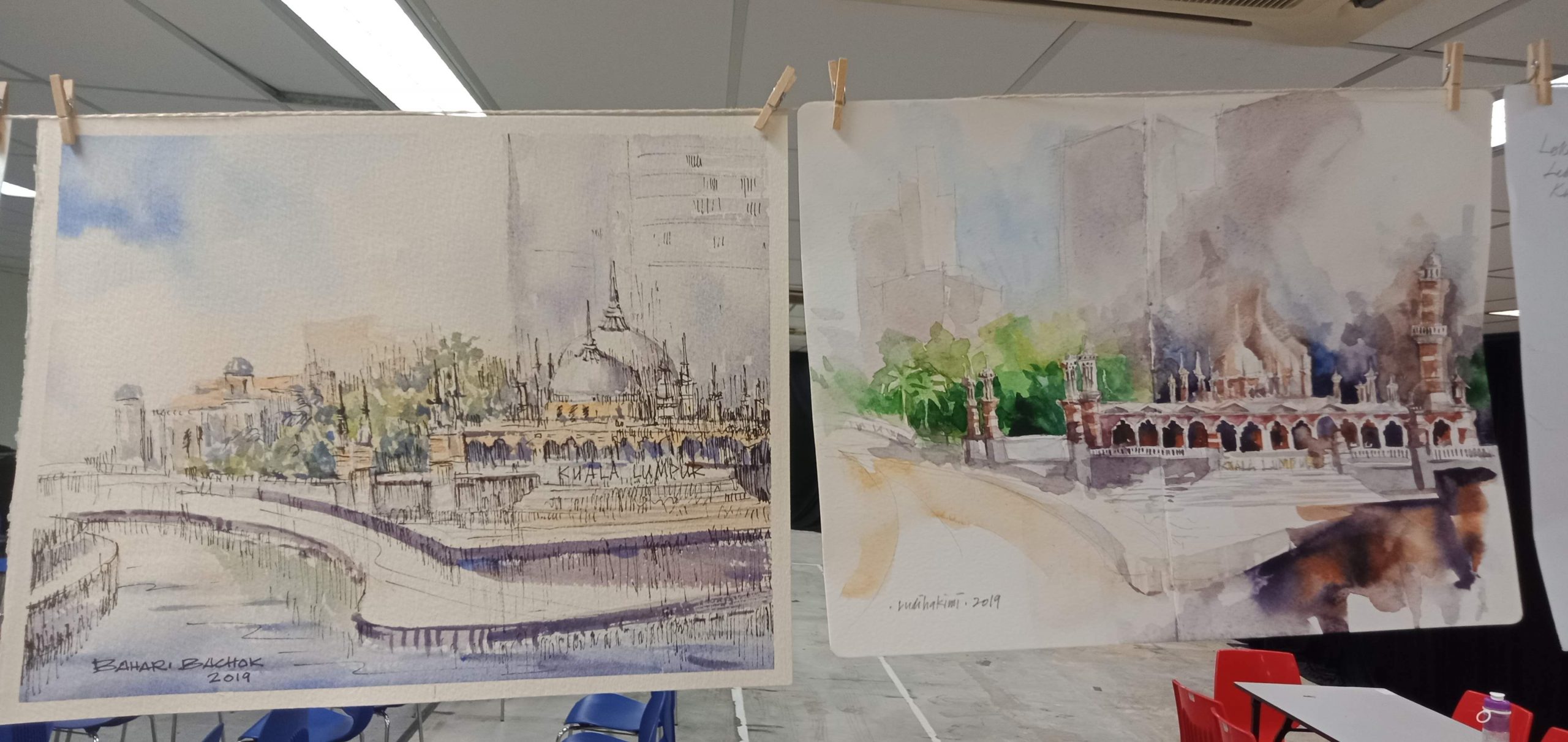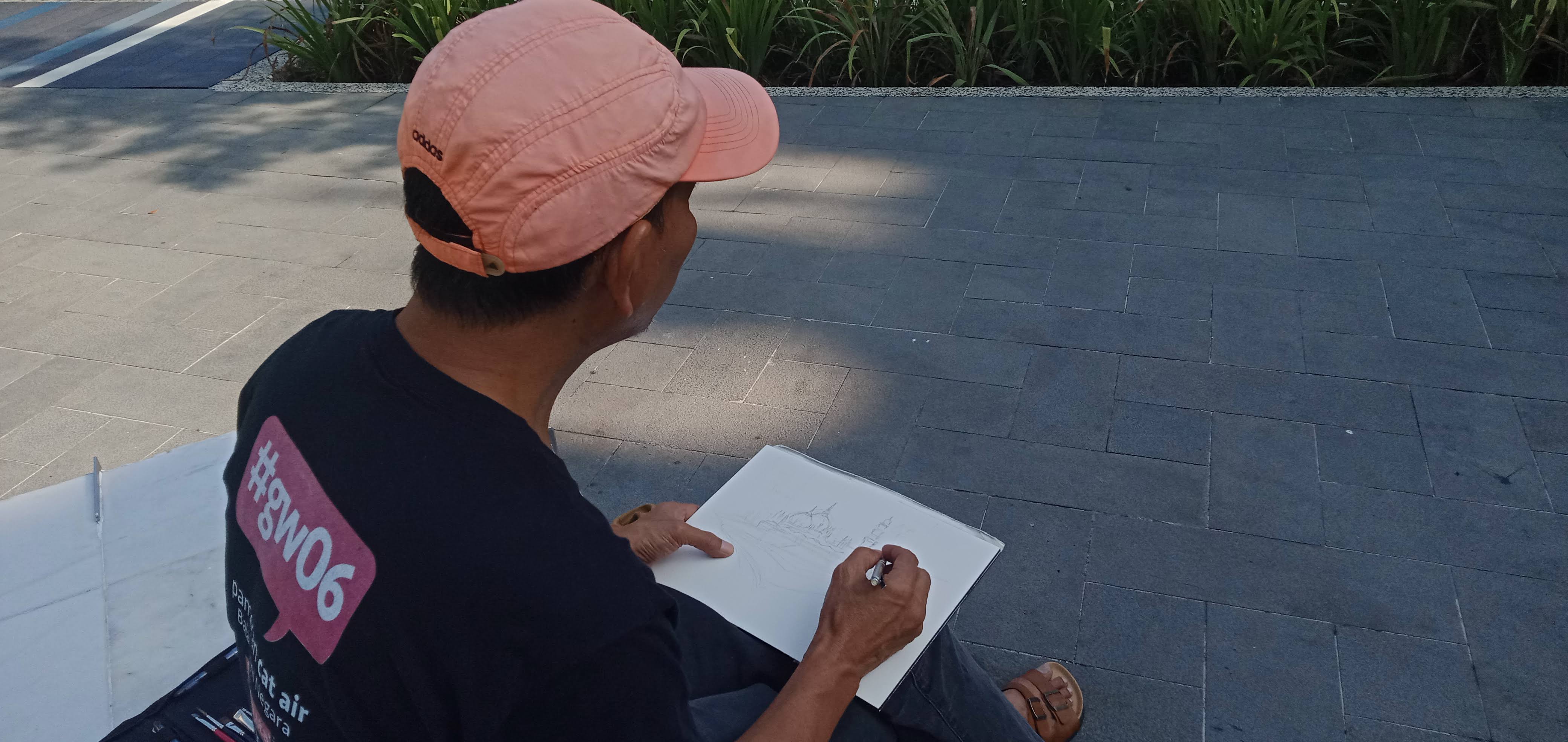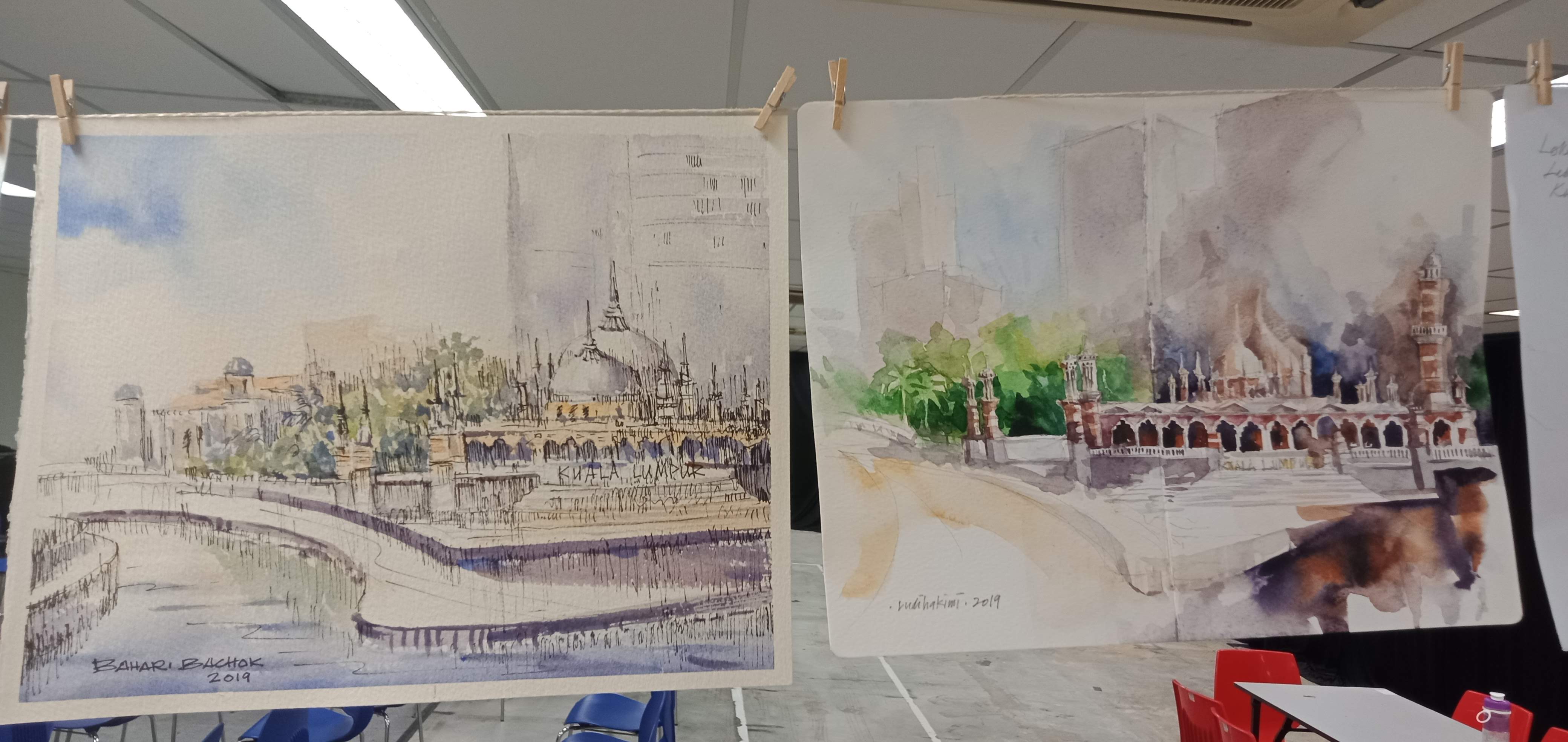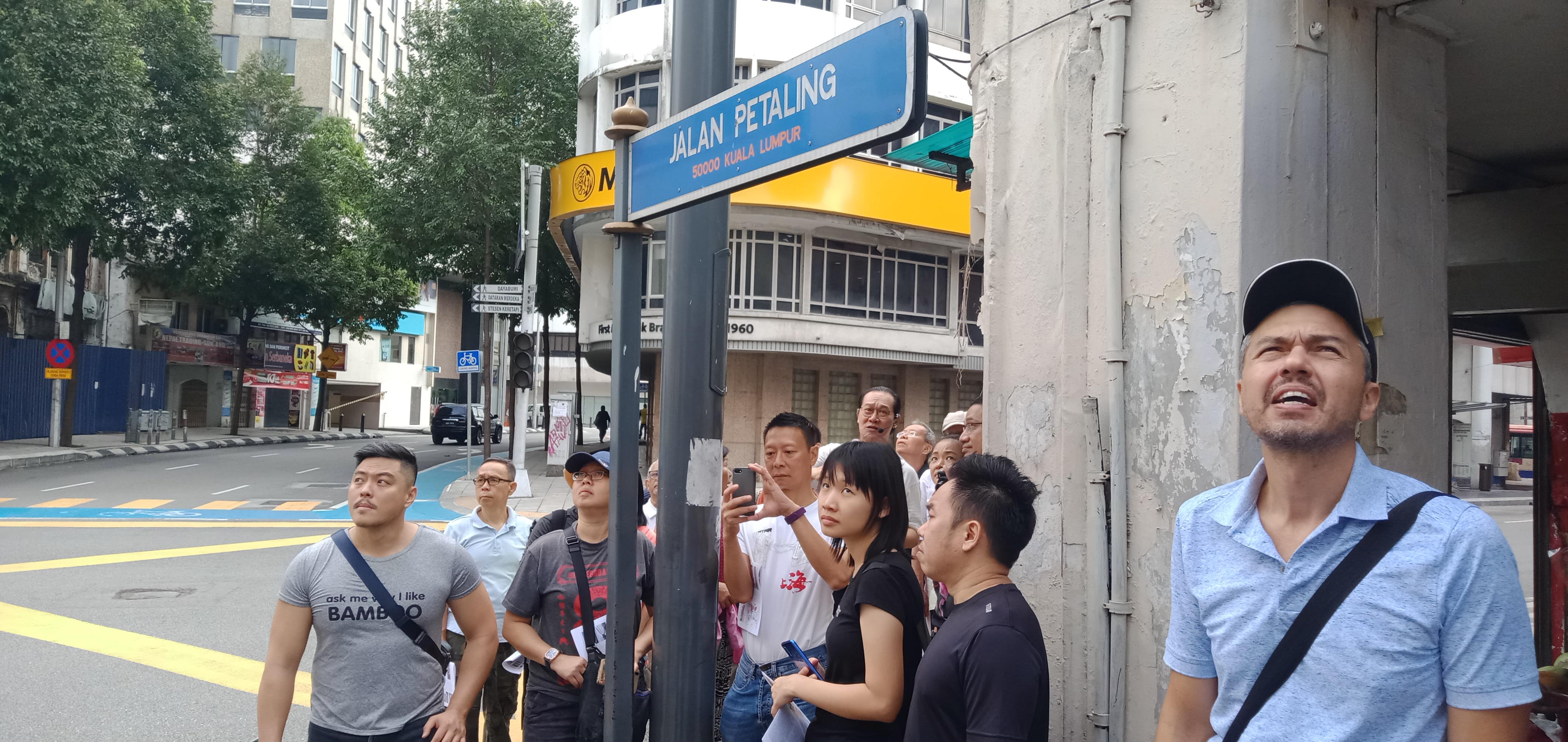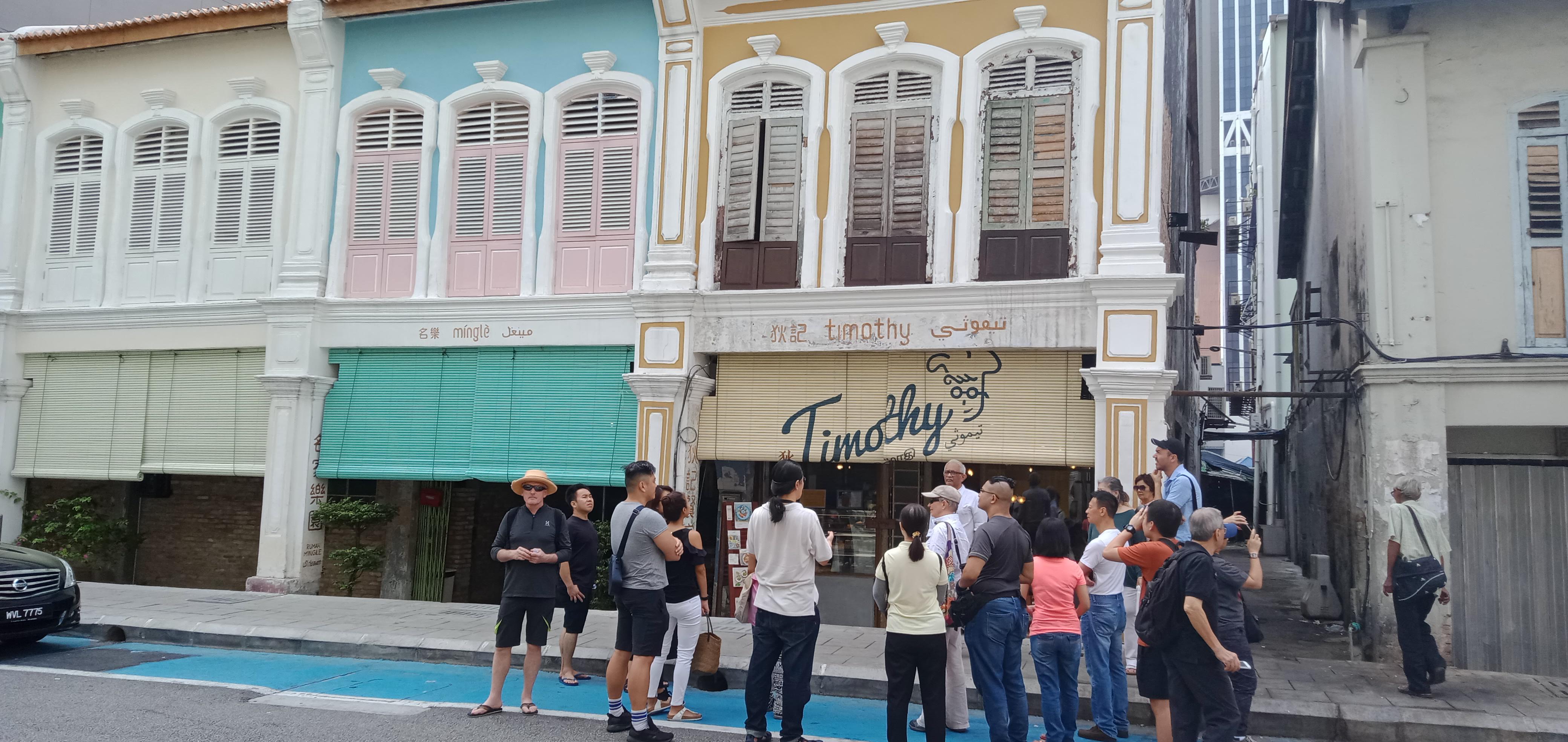An account of the weekend from Duncan Cave of INTBAU Malaysia:
The weekend took place in an old community event space in the art-deco bank building in the centre of Kuala Lumpur’s heritage area. It was kicked-off by an early morning urban sketching session, which involved around 20 people trying their hand at ink and water-colour sketches of some of the historic buildings in the area. The sketches were then displayed at the event space for all visitors to appreciate.
There was also a guided walking tour around the historic area, which looked at the names of the streets, led by Mariana Isa, local architect and historian, and author of the book Kuala Lumpur Street Names. Mariana explained how the original street names reflected the different communities that were the first residents of the areas, and which could then be seen in the different types of architecture.
An exhibition ‘Regenerating Historic Neighbourhoods’, was also open for the entire weekend. This explained why heritage conservation is important – why, how and what we should conserve – using examples from conservation projects around Malaysia
As part of the weekend, three talks were given:
1) Dr Ceelia Leong, (programme manager at Think City) introduced the plans for the Kuala Lumpur Creative and Cultural District, a far-reaching plan to bring people back into the old city centre, with conservation and adaptive reuse of many historically significant places.
2) Elizabeth Cardosa (president of Badan Warisan, the National Heritage Trust of Malaysia) and Helena Hashim (Architect and council member of Badan Warisan) delivered a fascinating look at building in traditional spaces, how we can make the most of the existing assets through adaptive reuse, and how to complement the heritage architecture with building to similar scale and use of traditional materials.
3) Shirish Gupte (architect and founding member of INTBAU India). Shirish talked about the Pune Charrette that INTBAU India has conducted and about the Wada architecture so prevalent in that area of India.
The talks all created a lively discussion, and with lunch being provided there was an opportunity for the speakers to mingle with the audience and discuss the issues raised further.
The talks were followed by screenings – a series of short films that highlighted the work that INTBAU has been doing in other countries, conservation work done in Malaysia, and themes of urbanism and traditional architecture.
On the second day, a group of urban sketchers brought their work for display.
There were also two heritage walks:
Five for the Faithful – a walk around five places of worship that tell the story of how KL was laid out, where the different communities lived, and the architecture specific to each;
Shophouse Architecture – a look at the shophouse typology that is found in this part of Asia, how the styles evolved over a century or so, and again how they represented the different social classes and aspirations of the owners.
A workshop called ‘Experimental Design Thinking’ was led by Shirish Gupte, who gave the participants a diverse range of products – paper cups, long beans, mandarin oranges, glue and toothpicks, and asked the participants to use these to build something and create a narrative that reflected the products and the finished design. This sparked lively discussion that evolved into a wider commentary on the state of modern architecture and building methodology.
The weekend ended with the exhibition and screenings or short films on the topics of urbanism, heritage conservation and city livability in Kuala Lumpur and the wider Malaysian continent.
Overall, the weekend was a huge success. Not only did it succeed in widening the sphere of INTBAU membership and bringing new people into the discussion about traditional architecture, it also helped to build strong relations with INTBAU India.
This pioneering selection of events has also shown that it might be possible for a travelling exhibition which could be taken to smaller towns around the country, which could be a useful start in building a local network of people aligned with these issues. To find out more about the projects that Think City carries out, you can follow them on facebook and see their website.
